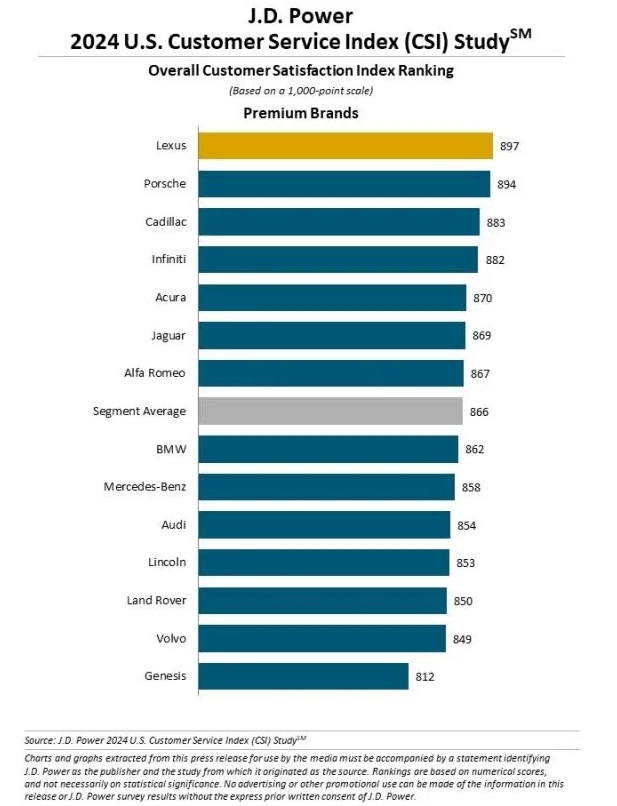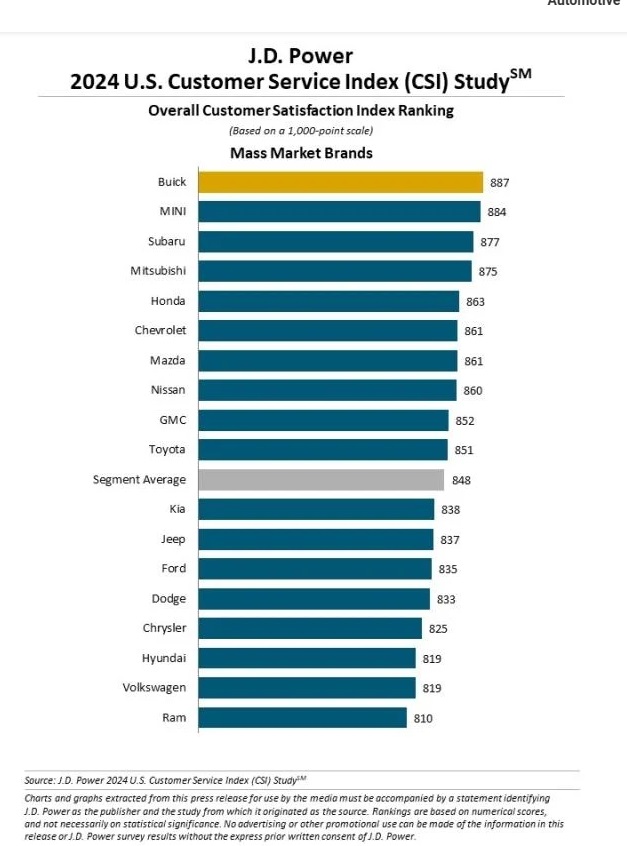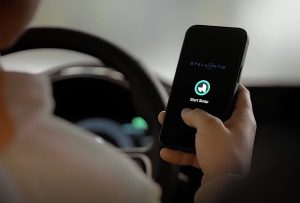Automakers are making strides at improving the dealer service experience for customers, but a new report shows that wait times for appointments are still increasing.
One of the most stressful things about the new vehicle ownership experience is taking your vehicle to the dealer for service. Sometimes getting an appointment can be difficult due to the number of customers the dealership must wade through to ensure that time slots are available.
A new report from J.D Power suggests while automakers have improved the broader service experience for customers, there’s still room for improvement when it comes to scheduling them for service appointments.
Dealerships contending with parts and labor shortages
Big factor that’s playing into longer wait times for vehicle service are parts and labor shortages. The automotive industry is still grappling with COVID-19 related to the issue. The tight supply of replacement parts in particular is not only creating multiple national backorder situations but is also forcing dealerships to rethink the way they assign time slots to customers. 
As a result, customers will have a harder time getting an appointment at the time they want. When they do get in for an appointment, they might discover that the repair will not only cost more but also the vehicle might need to remain at the dealership longer due to the lack of availability of some components.
Some dealerships are facing technician shortages, limiting how many vehicles the service departments can work on at any given time lengthening wait times.
Owners of premium vehicles report paying $380 for parts and labor while owners of mainstream automobiles say they pay $140. These figures are increases of $66 and $15 increase from what they paid in 2023.
“It’s encouraging to see an improvement in service satisfaction but, unfortunately, the capacity and wait time issues have gotten progressively worse since the pandemic and show no immediate signs of easing up,” said Chris Sutton, vice president of automotive retail at J.D. Power.
That’s why customers should try to schedule an appointment a week in advance with their local dealer which will allow them to have a higher chance of securing the timeslot they want. This coincides with a section of the J.D. Power report stating more customers want prompt service with 35% of mass market customers choosing aftermarket services because of the ability to be seen right away with another 55% of buyers choosing location as a reason for choosing these services.
As for the cost of parts, consumers don’t have as much control over those factors, but they can take advantage of any specials and sales their dealership might have available to try and take some of the bite out of those high prices.
Non-Tesla BEV owners least satisfied out of all customers
The BEV market is still a relatively young sector of the automotive market and as a result, many electric vehicles are still going through some teething pains in their quest to achieve high levels of dependability. As a result, owners of many of these vehicles often experience twice as many recalls as owners of gasoline-powered vehicles.
“Excluding Tesla owners, the service experience for BEV owners is underwhelming. As sales of BEVs continue to grow and the industry moves out of the early-adopter phase, the typical owner will not be as willing to tolerate a less-than-stellar service and ownership experience.
On the manufacturer side, a higher rate of BEV recalls is also contributing to an inconsistent experience. This is an area that automakers and dealers need to address now to help make the transition to electrification as pain-free as possible for owners in the future.”
This increased frequency often results in customers having to take them into service more often with owners reporting the lowest satisfaction rate when it came to fixing these recalls.
In addition to the recall work EVs also usually require more complex repairs and consumer satisfaction with those repairs is just as low with some owners not even trusting their servicing dealer to perform the repair correctly. This is a side effect of inefficient training with some franchises not training their technicians on how to service these vehicles.
Technology plays key role in improving the service experience
When I was working in automotive dealerships (four during my time in that industry) communicating with the customer was key in helping them know how far along their vehicle was in the repair process as well as if any issues came up that needed the vehicle to stay longer than originally planned.
The J.D. Power report revealed that many customers prefer to get text message updates versus a formal phone call which might get lost in voicemail or be missed entirely. In addition when a service advisor provides photos or videos to document a multi-point inspection, customer satisfaction goes up by 31 points versus when no photos or pictures are shared. The presence of photos and videos allows the customer to feel more involved in the service process and it also allows them to feel more confident about the status of their vehicle as it goes through the repair process.
Look for technology to play a growing role in improving the service experience moving forward especially as consumers become more connected to their vehicles through mobile devices and apps. These apps will allow service advisors and customers to have higher levels of communication and this enhanced level of correspondence will hopefully help improve customer satisfaction scores moving forward.









0 Comments